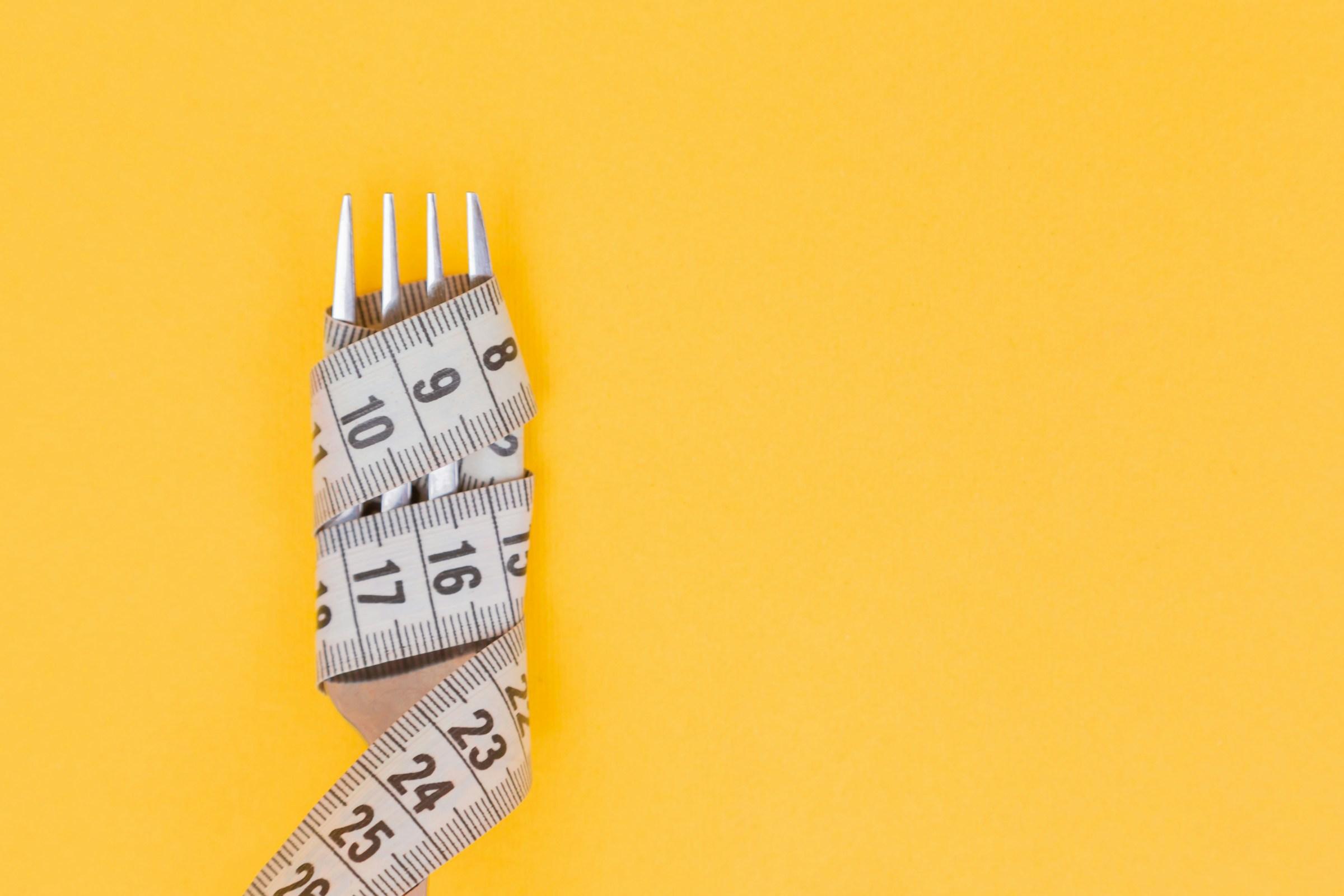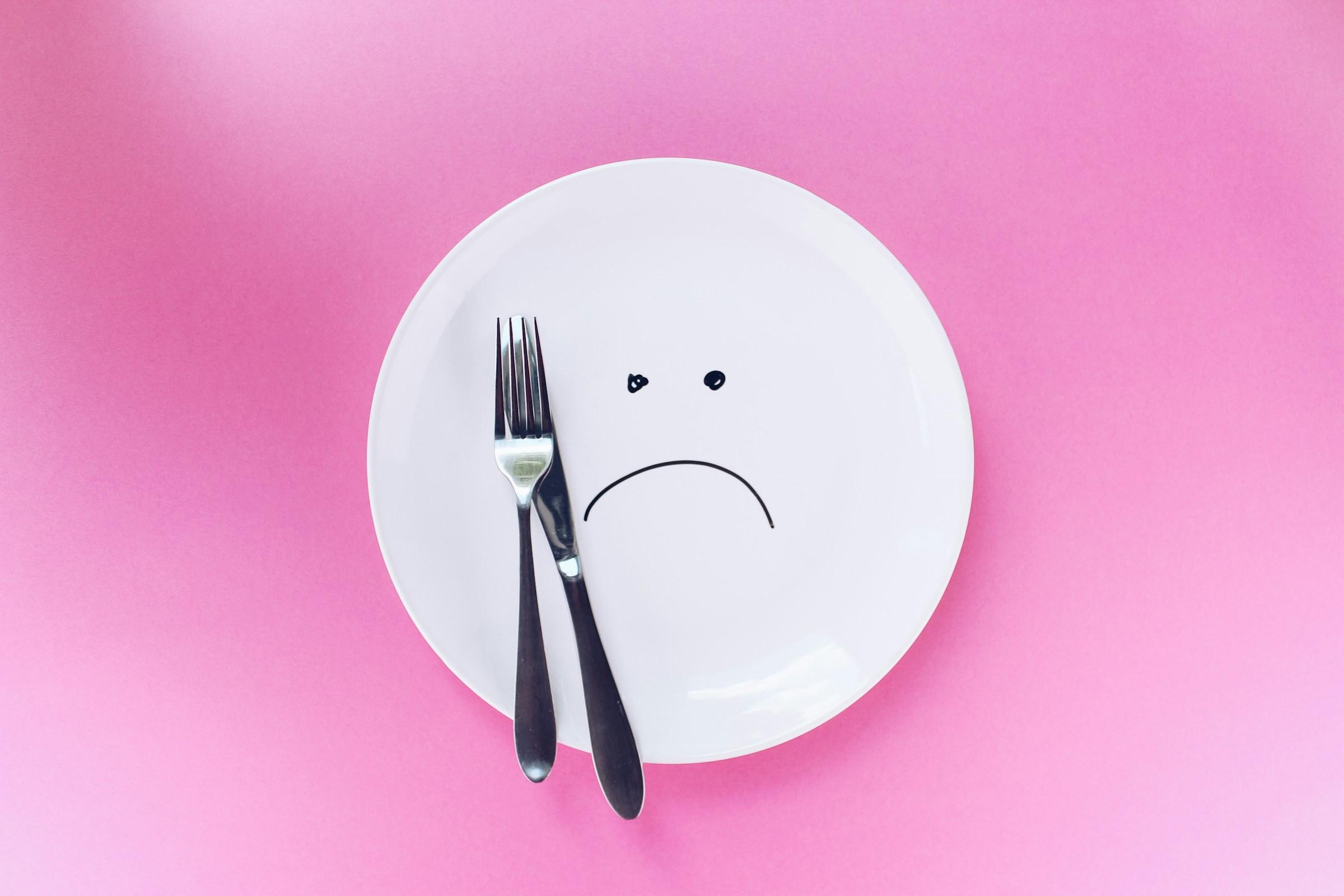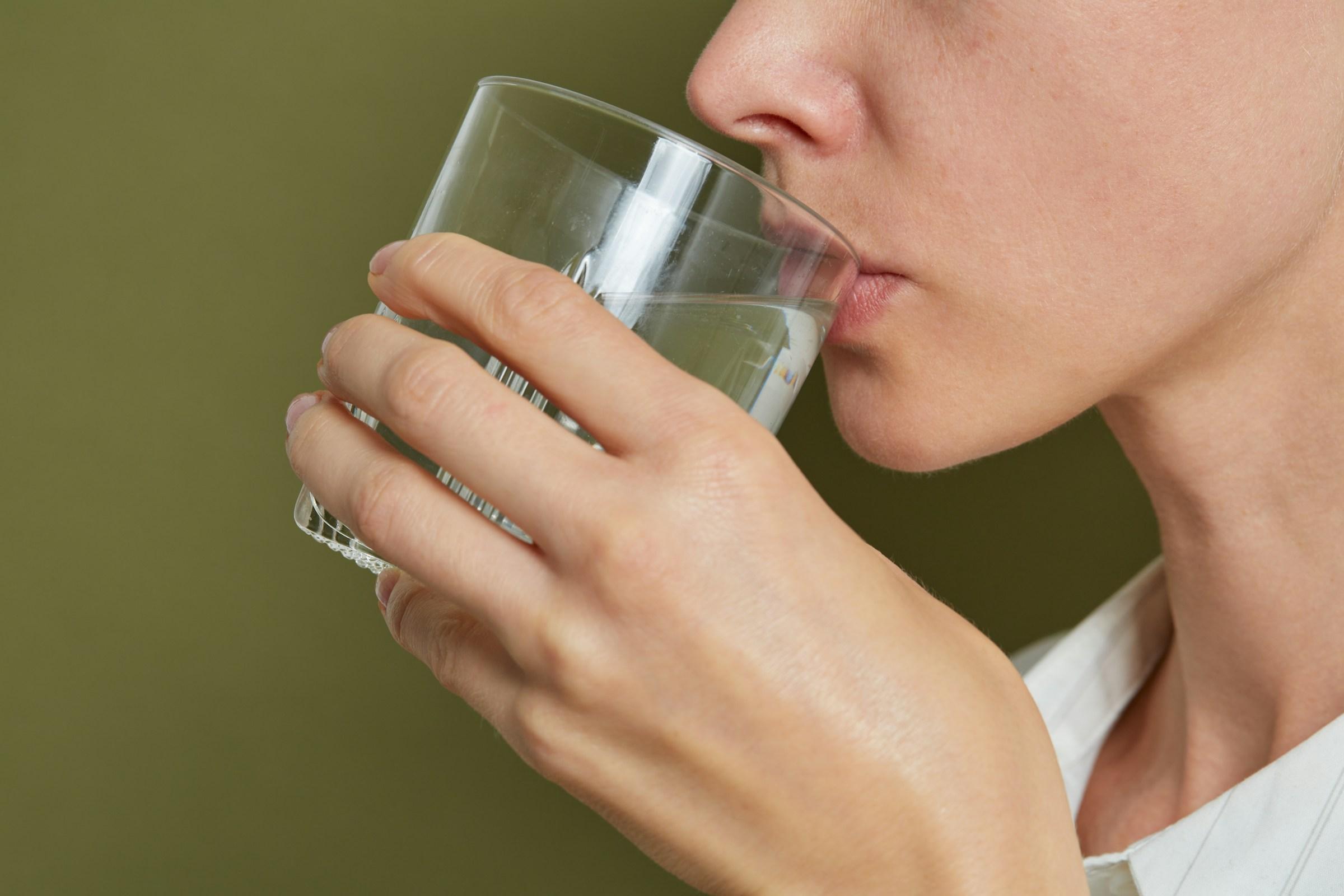Palm oil enters the body as dense energy and as a set of signals. Those two roles shape nearly everything that follows. The calories matter because fat delivers more energy per gram than carbohydrate or protein, and the signal matters because different fatty acids nudge hormones and lipoproteins in specific directions. When people ask what does palm oil do in the body, they often expect a single verdict. Biology works through context. Palm oil can be part of a balanced diet, or it can tilt a diet toward higher LDL, higher post-meal triglycerides, and gradual weight gain, depending on timing, dose, and what you eat with it.
The story begins in the gut, where fat is emulsified by bile acids and packaged into chylomicrons. These tiny carriers move through the lymphatic system and enter the bloodstream, where tissues draw on their payload. If your muscles recently worked and glycogen is low, more of that fat is oxidized for fuel. If you have been sedentary and energy intake already exceeds output, more of it is stored in adipose tissue. Storage is not a moral failure; it is a core survival mechanism. The practical lever is to match intake to activity and to think about when fat arrives relative to training and daily movement.
Palm oil contains a high proportion of palmitic acid, a saturated fat, along with some oleic acid, a monounsaturated fat. Across weeks, if large portions of saturated fat replace unsaturated fats, LDL cholesterol tends to rise. The magnitude of that rise depends on genetics, fiber intake, total diet quality, and weight status. A person who swaps butter for palm oil may see little change, whereas a person who trades a mostly unsaturated fat pattern for palm-heavy cooking could see LDL drift upward. A different person who keeps total saturated fat modest and eats plenty of legumes, vegetables, and whole grains may see neutral lipid changes even with some palm oil in the pan. The portfolio of fats matters more than any single tablespoon.
Insulin sensitivity interacts with this lipid story in a quiet but decisive way. Mixed meals that pair palm-rich fat with refined starch often produce higher and more prolonged triglyceride excursions after eating. That prolonged tail can stress the endothelium and nudge insulin signaling in the wrong direction. The fix is not to fear fat but to improve the matrix around it. When palm oil shows up in dishes that also contain fiber, lean protein, and slow carbohydrates, the post-meal trace looks cleaner. The same calories can have different metabolic footprints when the plate is built with intention.
Appetite is another place where fat exerts leverage. High fat meals slow gastric emptying, which can prolong fullness, yet that fullness is not a guarantee of lower intake. When fat rides along with sugar and salt to create hyper-palatable combinations, the brain sometimes pushes past satiety signals. Palm-heavy street snacks, sauces, and baked goods can slip into the day without much notice, and over weeks that stealth becomes visible on the scale and on the lipid panel. A calmer approach is to plate protein and vegetables first, add starch next, and finish with the fat source so that taste is preserved but surplus is resisted.
Cooking stability is one reason palm oil is popular. It tolerates heat relatively well and oxidizes less than some polyunsaturated oils during high temperature cooking. Cleaner cooking does not erase the reality of energy density, yet it does reduce exposure to degraded lipid byproducts when compared with certain sensitive oils used improperly. Good kitchen habits amplify that advantage. Keep temperatures controlled, avoid repeated deep frying with the same oil, and treat high heat techniques as tools for specific dishes rather than a default for every meal.
Inflammation often enters the conversation with saturated fat. The data are clearer when you zoom out to patterns rather than isolate one oil. Diets that lean heavily on saturated fat and that are sparse in plants tend to raise inflammatory markers over time. Diets that include modest saturated fat inside a fiber-rich, plant-forward pattern look very different. Fiber changes bile acid recycling, feeds the microbiome, and improves lipid handling downstream. Vegetables and fruits deliver antioxidants that buffer oxidative stress from both cooking and metabolism. The point is not purity; the point is pattern.
Red palm oil deserves a separate note. In its minimally processed form it retains carotenoids that can convert to vitamin A and tocotrienols that belong to the vitamin E family. Those compounds bring color and potential benefit, but they are sensitive to refining and heat. If you buy red palm oil for its micronutrients, treat it like a finishing element rather than a deep fry medium, and recognize that brand and processing differences matter. Most refined palm oil used in packaged foods carries little of that micronutrient payload, which means the effects you notice come from fat quality and quantity, not vitamins.
Cardiovascular risk is multifactorial. A single ingredient rarely determines the trajectory on its own. Family history, body composition, sleep quality, stress load, and movement patterns all shape how the same diet lands in different people. If your LDL cholesterol is already high, switching a larger share of your cooking to monounsaturated and polyunsaturated sources, such as olive oil, canola oil, nuts, and seeds, is a straightforward lever. Keeping some palm oil for specific dishes that genuinely need heat stability is a practical compromise. The body responds to substitution and consistency, and lipid changes become clearer over eight to twelve weeks than over eight to twelve days.
Weight regulation is part math and part behavior. Fat contains nine calories per gram, and oil is one of the easiest ways to overshoot without feeling it, since a quick pour adds energy without adding volume. Palm oil shows up in biscuits, instant noodles, bakery items, and fried snacks, which means people often add it indirectly rather than consciously. A weekly audit of the most frequent hidden sources is more effective than an abstract rule. When you redesign a few habitual meals, preserve flavor with herbs, acids, and cooking technique, and measure oil with a spoon rather than eyeballing a pour, intake falls without a sense of deprivation.
Hormonal consequences reflect energy status and tissue destinations. Chronic surplus, regardless of the oil used, raises the odds of hepatic fat deposition, which can blunt insulin signaling. Better sleep, regular training that includes both heart rate work and resistance training, and steady fiber intake alter those tissue destinations. After a workout, the body partitions fat differently than it does after long periods of sitting. Palm oil does not override training; training reframes the fate of dietary fat.
Gut health is shaped less by the specific oil and more by fiber diversity, but the type and quantity of fat still matter. Very high saturated fat patterns can alter bile acid pools and bacterial populations in ways that are not ideal. The countermeasure is not to chase zero fat attempts that are difficult to sustain. The countermeasure is to reach a daily fiber target through varied plants, to keep fermented foods and polyphenol-rich produce in play, and to distribute fat across meals instead of concentrating it in a nightly feast that burdens digestion.
Athletes and physically active people can position fats with more precision. Higher fat meals belong further from intense sessions, since fat slows gastric emptying and can bother the gut during hard efforts. Closer to training, lighter fats and carbohydrate-forward meals support performance and glycogen restoration. On off days, palm-based curries or stir-fries can sit comfortably in protein and vegetable heavy meals, provided overall energy intake aligns with goals. Precision beats one size fits all, and timing is often the most neglected variable.
For home cooks, three practices have the highest return. First, portion attention. Measure oil into the pan so that a tablespoon remains a tablespoon rather than becoming three. Second, method rotation. Build weeks that lean on steaming, braising, grilling, and baking, and save deep frying for special gatherings. Third, pairing discipline. Serve palm-based dishes with greens, beans, and whole grains rather than with white bread and sweet sauces. The change in post-meal energy, focus, and digestion is usually felt before it is measured.
Food safety adds a final practical layer. Fresh palm oil that is stored away from light and heat behaves as intended. Oil that has been reheated repeatedly accumulates polar compounds and oxidized fragments that are best avoided. If an oil smells off or a dish tastes rancid, treat your senses as an early warning system and discard it. Clean inputs help protect the metabolic outcomes you care about.
People who like structure can test a simple eight week protocol without turning life into a spreadsheet. Keep added fats, across all sources, within a modest daily range that still allows pleasure and satiety. Use palm oil when you actually need its heat stability or a specific flavor, and lean on olive or canola oil and whole-food fat sources like nuts and seeds for the rest. Reach a daily fiber target through vegetables, fruits, legumes, and whole grains. Train several times per week, including work that raises heart rate and work that challenges muscles. Sleep within a healthy range, since sleep loss changes appetite hormones and insulin sensitivity. Check biomarkers at the start and at the end, including lipids and fasting glucose, and pay attention to qualitative signals such as mid-day energy and recovery after exertion. The body will report back through both numbers and how you feel.
Palm oil is not a villain or a cure. It is a concentrated energy source with a distinct fatty acid profile that influences lipids, post-meal metabolism, appetite, and cooking practicality. Within a plant-rich diet that respects portion size and rewards movement, its effects can be managed and sometimes neutral. Inside a pattern that overuses refined starches, sweet-salty snacks, and daily deep frying, its effects usually lean negative. Precision is available to anyone, not just to athletes and nutritionists. A few well placed habits do more than a thousand arguments about purity. The most honest answer to what palm oil does in the body is that it fuels, it signals, and it stores. If you control the context, the dose, and the timing, you control the signal, and you can eat in a way that supports the health you want without turning every meal into a debate.



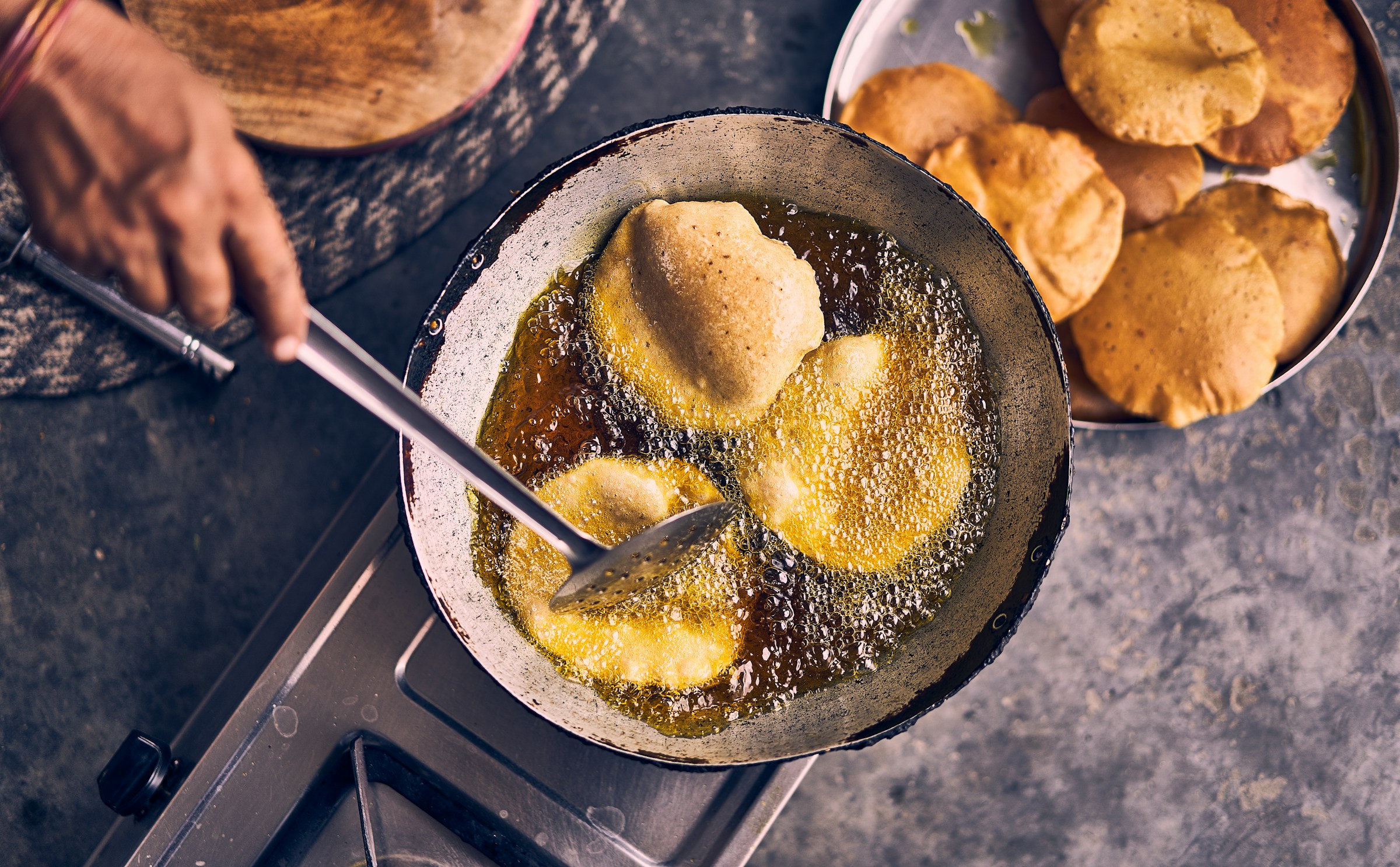

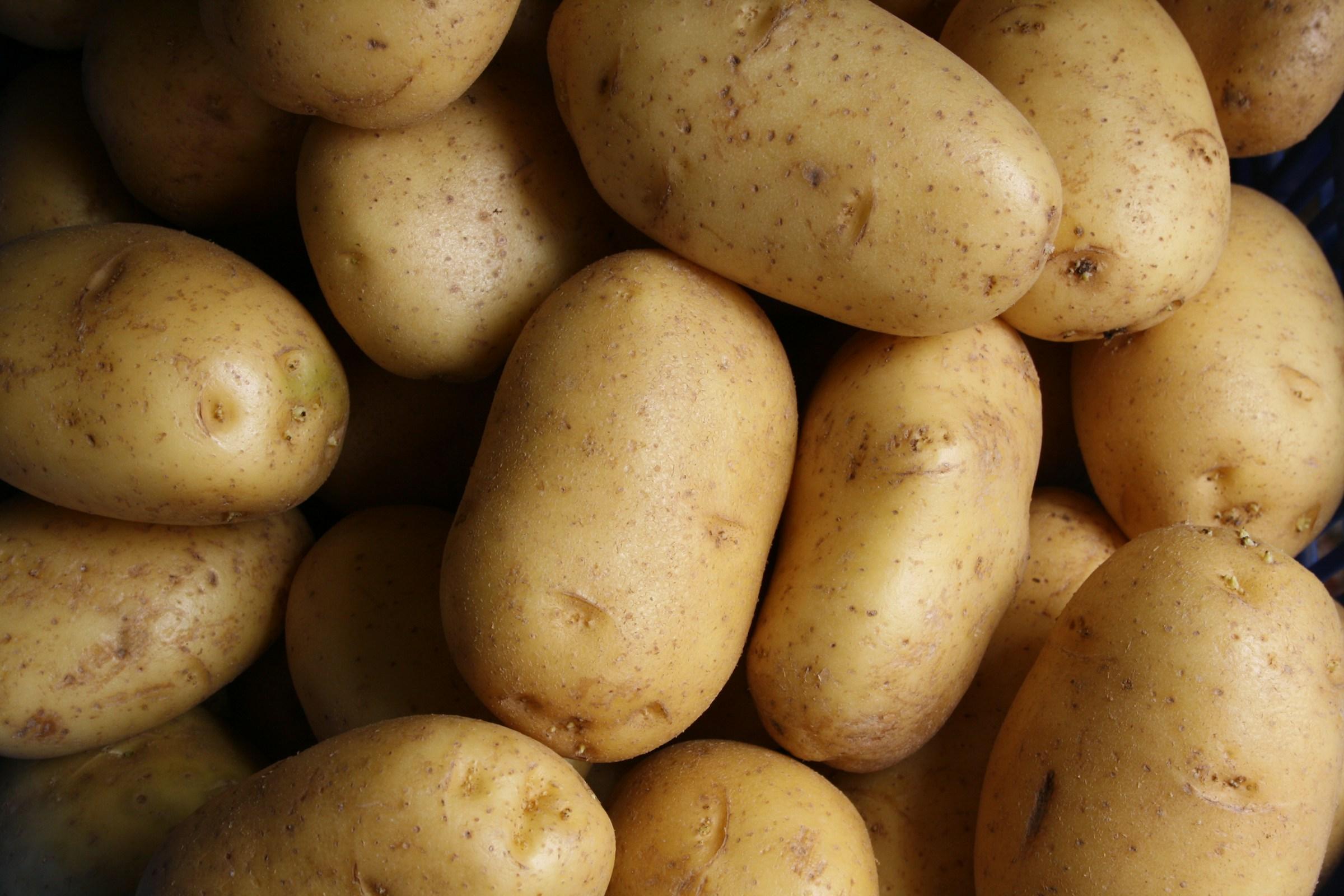
-1.jpg&w=3840&q=75)



